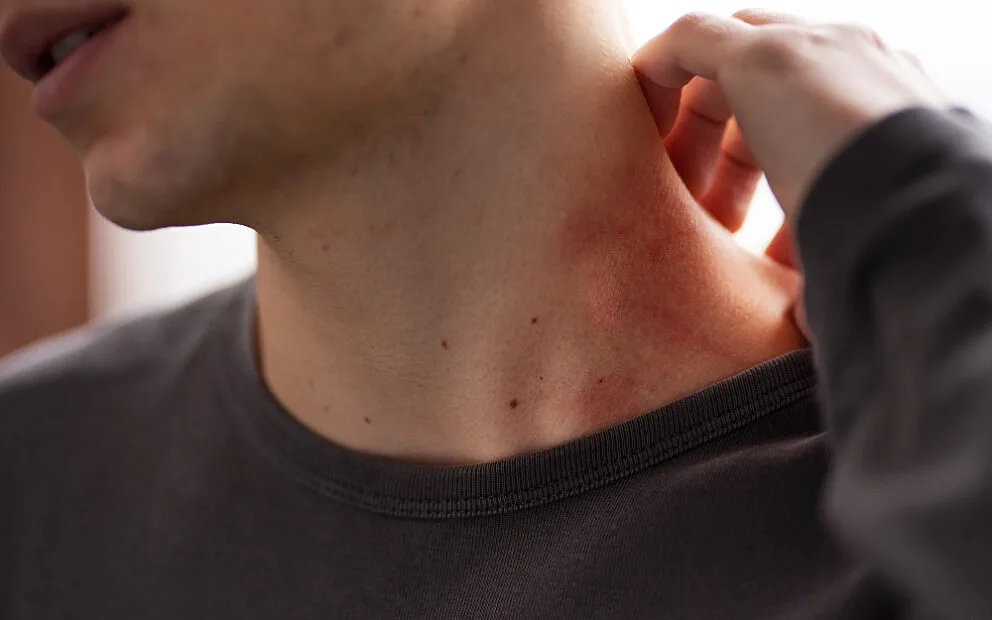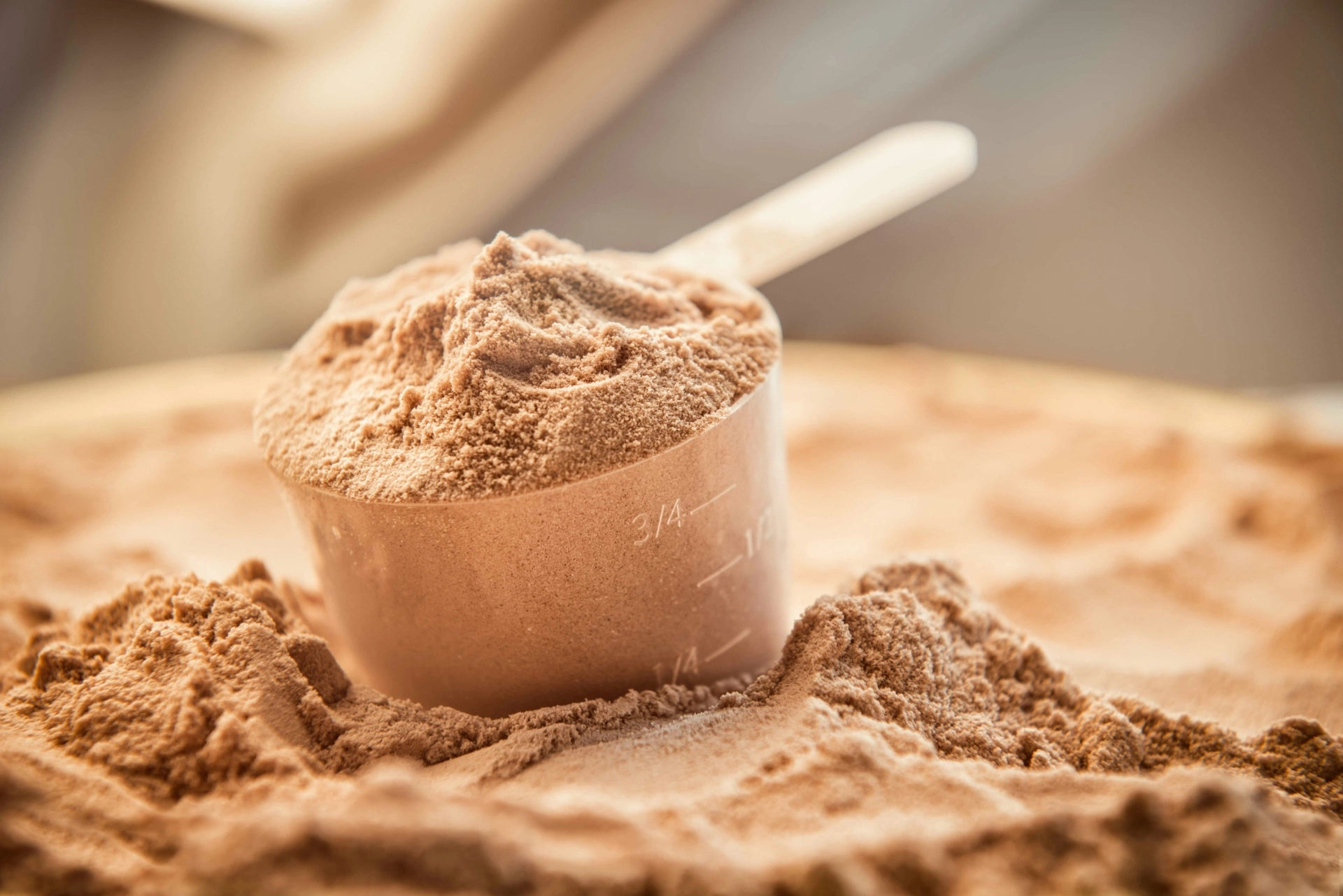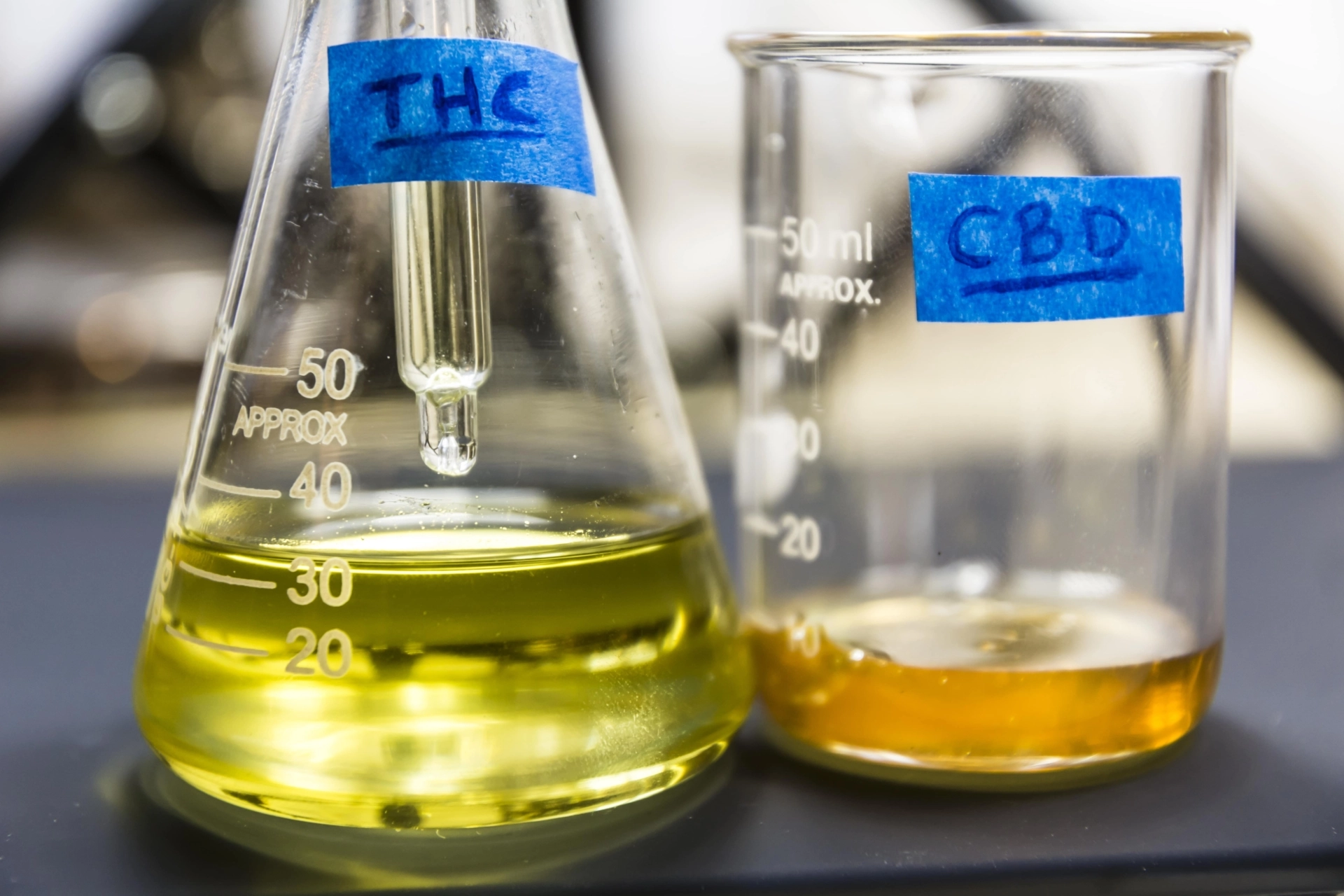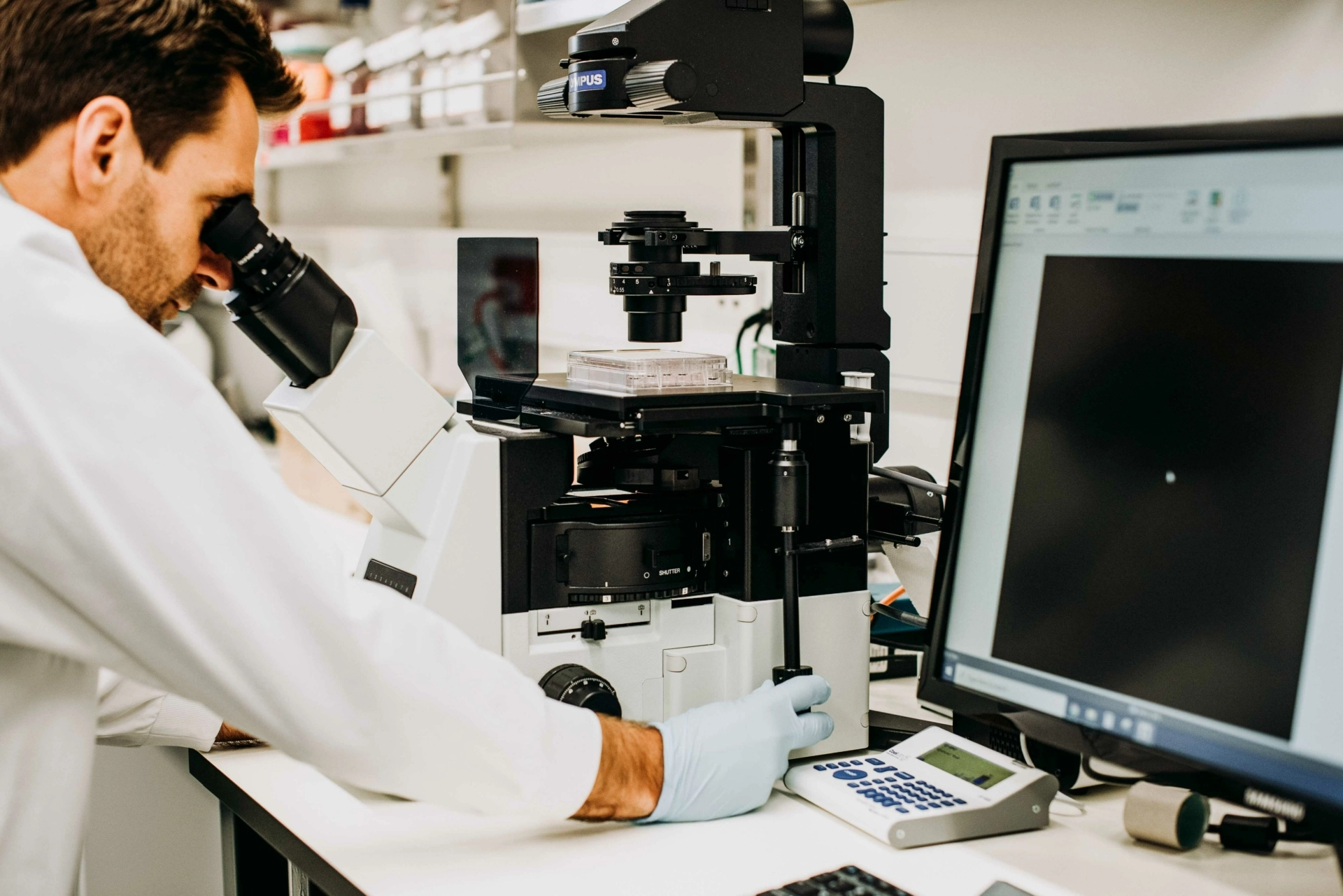Researchers from SAHMRI and the University of Adelaide (UoA), are using a flowering plant from the daisy family to help protect people with cancer from one of the most common side effects of radiotherapy.
Radiation-induced dermatitis, a painful skin reaction similar to severe sunburn, affects 95% of people undergoing radiotherapy, and there’s currently no proven way to prevent it.
The team based at the South Australian Immunogenic Cancer Institute (SAiGENCI) has developed a cream made from feverfew, a plant known for its natural anti-inflammatory properties. The key ingredient, parthenolide, has been shown in lab studies to help healthy cells withstand radiation damage while still allowing the treatment to work on tumours.
Dr Connor Williams, a postdoctoral researcher based at SAHMRI, says the goal is to reduce the severity of skin burns and adverse reactions so patients can complete their treatment more comfortably.
“Radiotherapy is a life-saving treatment, but the damage it does to healthy skin can make an already difficult experience much harder,” Dr Williams said.
“We want to give patients something that actually protects the skin from radiation, not just soothes it afterwards.”
A clinical study currently underway is testing the cream on people with head and neck cancer who are receiving radiation on both sides of the neck.
Each participant uses the feverfew-based cream on one side and a placebo on the other, allowing researchers to directly compare results from the same person.
“Even though it is early days, the feedback from patients and clinical staff so far has been really encouraging,” Dr Williams said.
The project is a uniquely South Australian collaboration between SAHMRI, UoA, SAiGENCI, the Central Adelaide Local Health Network (CALHN) and South Australian skincare company Plantworx, with support from the James and Diana Ramsay Foundation (JDRF).
From growing the plants and refining the compound, to testing the product in local hospitals, this is a prime example of the potential for home-grown research to lead to practical solutions for people affected by cancer.





